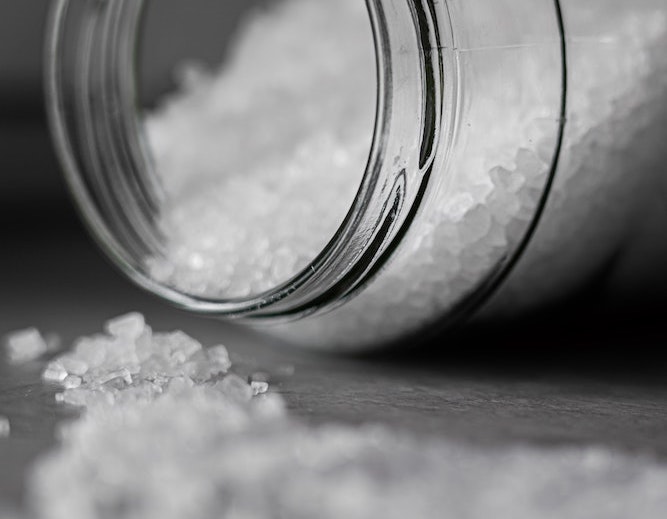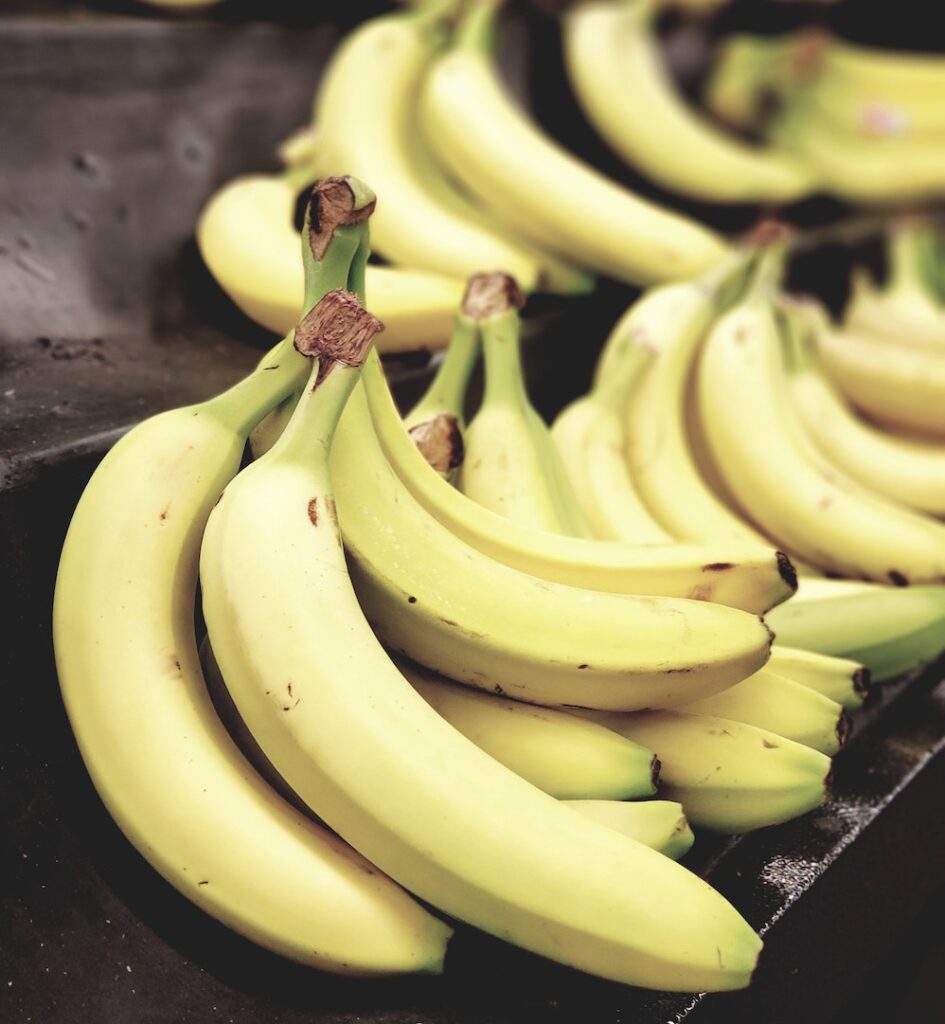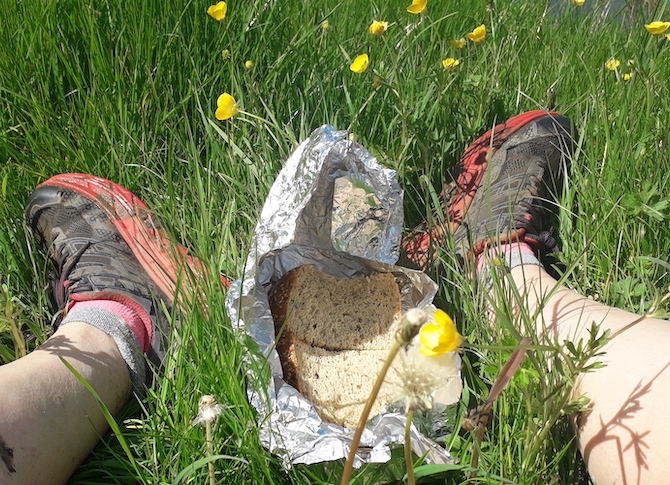Before I begin, my disclaimer here is that I am not a nutritionist. The following are details of my own long run fuelling strategy and my understanding of what to eat and drink on a long run, through experience over a few years of long distance running. I am not associated with any particular brand.
What to drink on a long run – should I just drink water or use electrolytes / hydration tablets?
When trying to work out what to eat and drink on a long run, let’s start with electrolytes or hydration tablets (or powders). As I understand it, ‘hydration’ or ‘electrolyte’ tablets / powders are essentially the same thing – they replace the salts you lose through sweating. Lots of science involved – and plenty of scope for Googling – but basically someone on a long distance run might think that they just need to drink water to stay hydrated – we are after all always being told to drink plenty of water whilst exercising. But as you run, you sweat out salts which are vital for your body to function properly. If you just drink too much ‘plain’ water, you actually end up diluting the salts left in your body even more and so it all goes a bit wrong. It’s called hyponatraemia (low sodium level in your blood) and it can be quite dangerous. [As an aside, there are some documented cases of hyponatraemia at the London Marathon [1] and I think there’s a stat that more people have suffered from over hydration – hyponatraemia – than from dehydration, but I stand to be corrected on that!].

So on long runs, it’s important to hydrate with water AND electrolytes. There are many many brands of electrolytes out there and they mostly come in dissolvable tablet or powder form. I’ve not tried it, but I can imagine it might be possible to create your own electrolyte / hydration solution by adding table salt to your water but it might be tricky to get the quantities right (note that the runner who suffered hyponatraemia in the article mentioned above was treated with nothing more than a solution of sodium chloride, commonly known as table salt).
What makes of electrolyte tablets are there?
There are absolutely loads of brands out there, such as Tailwind, High 5, SIS, Nuun, to name just a few. You can buy them in individual sachets, or tubes of dissolvable tablets or else in bulk which obviously works out more cost-effective, but not so easy to measure out / carry with you. People tend to have their own preferred electrolyte that they’ve tried and found that it doesn’t give them gut bomb or any other adverse reaction. Unfortunately you can only really find out if a particular electrolyte is going to disagree with you after a good few hours on the trails… I use Tailwind just because I have found it works for me, it’s a personal thing.
Do I need carbs too during a long run? And caffeine?
Again, lots of science involved but carbs in the form of simple sugars (can be anything from a spoon of granulated sugar, to wine gums, etc) provide runners with instant energy without the body having to work hard to access it. Lots of the electrolyte powders also include simple carbs in their composition (I’m sure it’s to disguise the taste of the salts!). Just to add to the complication, some tablets / powders also include caffeine for that extra ‘buzz’ whilst running. Personally I would limit the amount of electrolytes with caffeine I take during a run – whilst they are good to start with for a little boost, you could end up feeling a bit wired, just like drinking too much coffee.
What about gels? Aren’t these the long distance runners ‘go-to’?
Many many runners use and swear by gels, for off-road runs and on-road runs. And if they work for you, then that’s great. My opinion – and experience – of gels is not so great. Whilst they do provide a sugar boost, they have significant drawbacks. For a start, the consistency is just grim (apologies to gel manufacturers!), they just remind me too much of snot. They are also very sugary (that’s their point I guess) and the sachets can get very sticky which then transfers to your hands. It’s just not fun running with sticky hands.
Personally I believe that a long run should be fuelled with something solid – real food! So I’m afraid I won’t be taking gels with me – my ‘go-to’ for a quick sugar boost is always wine gums (and specifically Maynard’s) – they just seem to hit the spot. I always have a few in my running vest to munch when I feel the need.
What else do I need to eat and drink on a long run?

We’re told to allow a good amount of time after eating to digest before exercising, so it may seem at first a bit odd to eat whilst running as you might think you’d get stitch. But trust me, you will need the energy and – at least for me – just drinking electrolytes and having a few wine gums and muesli bars is not going to see me through the day. What you eat on a long run is a very personal thing and is really a case of trial and error, with hopefully not too many errors! I find that the further I run, the more my body craves savoury food (for the salt I guess) and sweet foods become a bit ‘meh’.
Of course you can only carry a certain amount of food with you and for longer runs (say over 30km), you’d be relying on aid stations in an organised event or helpful friends waiting in car parks at strategic places to provide you with nutrition at the right time. Foods that I’ve found work well on long runs that would be provided at an aid station include muesli bars, Jaffa cakes, malt loaf, Marmite sandwiches, peanut butter sandwiches, bananas, melon (very refreshing if it’s hot), salted crisps, flat Coke (sugar!!), chocolate (if the weather is not too hot), cake, boiled potatoes rolled in salt (yes really!).
My own fuelling strategy – what I eat and drink on a long run
As I’ve said above, what you drink and eat on a run is a personal thing but this is what I would take with me as a general rule of thumb. Of course I adjust it depending on the weather and/or terrain on the run:
For a run of over 30km, I would take the same as for a 20km run but would be relying on aid stations at an event to provide the items listed above, and to refill with water.
Wow that sounds like a lot of food!
Well yes it can be, but remember you are probably burning 5-600 calories per hour so you need to replace at least some of them to avoid ‘hitting the wall’ which is where your body has run out of easily accessible energy and has to start digging down into your fat reserves to convert that into energy, which takes time. The idea is to eat little and often and ideally start eating and drinking before you get hungry or thirsty. Even if you can run 10km without having anything to eat or drink, if you are planning to run further than 10km, you really need to start fuelling before 10km. There are loads of guidelines online which tell you how many calories and grams of carb you should be having per hour and per kilo of body weight if you can be bothered to work it out!
Running long distances can have an adverse effect on your stomach and you may not feel like eating but trust me, it’s really worth persevering and taking on calories – often ultra marathons have been described as picnics with a bit of running in between! What’s not to like?
Anything else I need to know? What about fuelling on road runs?
What you eat and drink on a long run plays a huge importance on how the run turns out and how much you enjoy it (or not!). My fuelling strategy described above essentially relates to off road trail runs which are run at a slower and more leisurely pace. However, fuelling is also very important for road runs and events and the above advice can be translated across to these types of events. You may however not want to carry as much so it’s really important to work out exactly what you need to take with you, to ensure you are not carrying ‘excess baggage’. As always, practice what you eat and drink on a long run before race day. In addition to fuelling in road events, it’s important to work on your pacing – have a read here for some tips of pacing your long (road) runs.


